Home>Gardening & Outdoor>Landscaping Ideas>When To Put Weed And Feed On New Grass
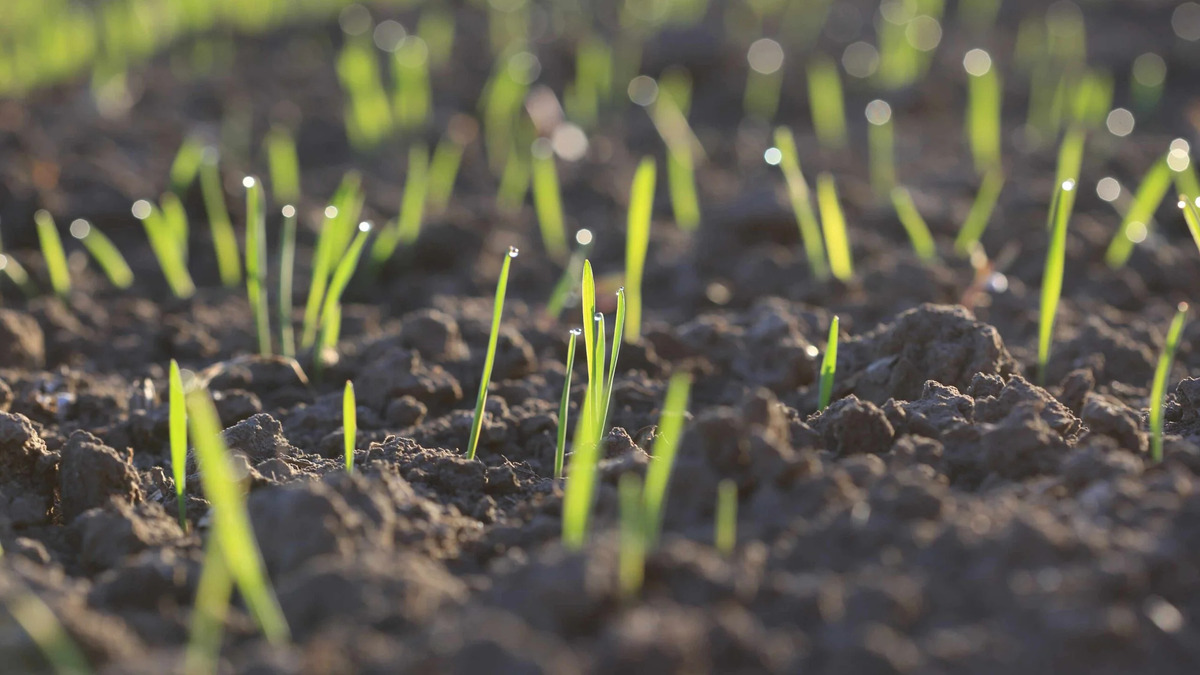

Landscaping Ideas
When To Put Weed And Feed On New Grass
Published: January 29, 2024
Learn when to apply weed and feed on new grass for a lush, healthy lawn. Get expert landscaping ideas and tips for optimal results.
(Many of the links in this article redirect to a specific reviewed product. Your purchase of these products through affiliate links helps to generate commission for Storables.com, at no extra cost. Learn more)
Introduction
Welcome to the exciting world of lawn care and landscaping! As you embark on the journey of nurturing a lush, vibrant lawn, understanding the nuances of weed and feed applications is crucial. Weed and feed products are designed to simultaneously nourish your grass and combat pesky weeds, providing a comprehensive solution to promote a healthy, weed-free lawn.
When it comes to new grass, the timing of weed and feed applications is a critical consideration. The delicate nature of new grass requires special attention and care to ensure optimal growth and resilience. By learning when and how to apply weed and feed on new grass, you can set the stage for a thriving lawn that will be the envy of the neighborhood.
In this guide, we will delve into the intricacies of weed and feed applications for new grass, offering valuable insights and practical tips to help you achieve stunning results. Whether you’re a seasoned lawn care enthusiast or a newcomer to the world of landscaping, this article will equip you with the knowledge needed to make informed decisions and elevate the health and beauty of your lawn.
Key Takeaways:
- Timing is crucial for applying weed and feed on new grass. Wait until the grass has been mowed at least three times to ensure it’s mature enough to handle the herbicidal components.
- Consider factors like grass type, weather, soil moisture, weed infestation, and lawn health when deciding when to apply weed and feed on new grass. This helps ensure the best results for a healthy, vibrant lawn.
Read more: When To Use Weed And Feed On New Grass
Understanding Weed and Feed
Before delving into the timing of weed and feed applications for new grass, it’s essential to grasp the fundamentals of these multifaceted products. Weed and feed formulations are specially crafted to address two primary concerns in lawn maintenance: promoting grass health and combating weed infestations.
These products typically contain a blend of fertilizers, herbicides, and other essential nutrients, all aimed at nourishing the grass while targeting invasive weeds. The fertilizers in weed and feed formulations provide vital nutrients such as nitrogen, phosphorus, and potassium, which are essential for robust grass growth and overall lawn vitality.
Simultaneously, the herbicidal components in weed and feed products work to eliminate common weeds that can detract from the beauty and uniformity of the lawn. By combining these two functions into a single application, weed and feed products offer a convenient and comprehensive approach to lawn care.
It’s important to note that not all weed and feed products are suitable for new grass. Some formulations may contain herbicides that could potentially harm young, developing grass blades. Therefore, selecting the right type of weed and feed specifically designed for new grass is crucial to avoid any adverse effects on your lawn’s growth and establishment.
By understanding the dual purpose of weed and feed products and the need for tailored solutions for new grass, you can make informed choices when it comes to selecting and applying these valuable lawn care aids.
When to Apply Weed and Feed on New Grass
Timing is of the essence when it comes to applying weed and feed on new grass. While the temptation to expedite the process of achieving a lush, weed-free lawn may be strong, patience and strategic planning are paramount to ensure the health and longevity of your new grass.
As a general guideline, it’s advisable to wait until your new grass has been mowed at least three times before considering the application of weed and feed. This allows the grass to establish a strong root system and achieve a certain level of maturity, making it more resilient and better equipped to handle the herbicidal components of the weed and feed product.
Typically, new grass takes several weeks to establish itself and undergo the initial stages of growth. During this crucial period, the focus should be on providing the grass with adequate water and nutrients to support its development. Once the grass has reached a stage where it can withstand the herbicidal treatment in the weed and feed product, you can consider applying it to address any emerging weed issues and further enhance the grass’s health.
It’s important to monitor the condition of your new grass closely and assess its overall vigor before introducing weed and feed into the equation. Observing the grass’s growth patterns, color, and density can provide valuable indicators of its readiness for the application of weed and feed.
By exercising patience and attentiveness, you can ensure that the timing of the weed and feed application aligns harmoniously with the developmental stage of your new grass, setting the stage for a successful and thriving lawn.
Wait until your new grass has been mowed at least 3 times before applying weed and feed. This allows the grass to establish a strong root system and reduces the risk of damage.
Factors to Consider
When determining the optimal timing for applying weed and feed on new grass, several key factors should be taken into account to make informed decisions and safeguard the well-being of your lawn.
- Grass Type: Different grass species have varying growth rates and resilience levels. Understanding the specific type of grass in your lawn can provide valuable insights into its growth patterns and the ideal timing for weed and feed applications.
- Weather Conditions: The prevailing weather conditions play a pivotal role in determining the suitability of applying weed and feed on new grass. Extreme temperatures, drought, or excessive rainfall can impact the grass’s ability to tolerate herbicidal treatments, necessitating careful consideration of weather patterns.
- Soil Moisture: Assessing the moisture content of the soil is crucial, as excessively dry or waterlogged soil can affect the grass’s ability to absorb nutrients and respond to herbicides. Optimal soil moisture levels are essential for the effective application of weed and feed products.
- Weed Infestation: Monitoring the prevalence of weeds in your lawn is essential for determining the urgency of weed and feed applications. Addressing weed infestations in a timely manner can prevent them from competing with new grass for essential resources.
- Lawn Health: The overall health and vigor of your lawn should be carefully evaluated before applying weed and feed. A robust, well-established lawn is better equipped to tolerate herbicidal treatments and maximize the benefits of fertilization.
- Manufacturer’s Recommendations: Consulting the guidelines provided by the manufacturer of the weed and feed product can offer valuable insights into the optimal timing for application, especially in relation to new grass and specific grass species.
By considering these factors in conjunction with the developmental stage of your new grass, you can make well-informed decisions regarding the timing of weed and feed applications, ultimately contributing to the long-term health and beauty of your lawn.
Conclusion
As you navigate the intricacies of nurturing new grass and maintaining a vibrant, weed-free lawn, the timing of weed and feed applications emerges as a critical consideration. By exercising patience, attentiveness, and a thorough understanding of the factors at play, you can optimize the timing of weed and feed applications to support the health and resilience of your new grass.
Waiting until the new grass has undergone several mowing cycles and exhibited signs of robust growth before applying weed and feed is a prudent approach that can yield lasting benefits. This patient approach allows the grass to establish a strong root system and develop the resilience needed to withstand herbicidal treatments while reaping the nourishing benefits of fertilization.
Furthermore, considering key factors such as grass type, weather conditions, soil moisture, weed infestation, and the overall health of your lawn empowers you to make informed decisions tailored to the specific needs of your new grass. By integrating these considerations into your weed and feed application strategy, you can cultivate a thriving, resilient lawn that exudes beauty and vitality.
Ultimately, the careful timing of weed and feed applications on new grass aligns with the broader goal of fostering a healthy, visually captivating lawn that enhances the outdoor living experience. By embracing this holistic approach to lawn care, you can embark on a journey marked by the joy of witnessing your new grass flourish and evolve into a stunning, weed-resistant carpet of greenery.
Armed with the knowledge and insights presented in this guide, you are poised to make well-informed decisions regarding the timing of weed and feed applications for your new grass, setting the stage for a landscape that is as resilient as it is beautiful.
Frequently Asked Questions about When To Put Weed And Feed On New Grass
Was this page helpful?
At Storables.com, we guarantee accurate and reliable information. Our content, validated by Expert Board Contributors, is crafted following stringent Editorial Policies. We're committed to providing you with well-researched, expert-backed insights for all your informational needs.
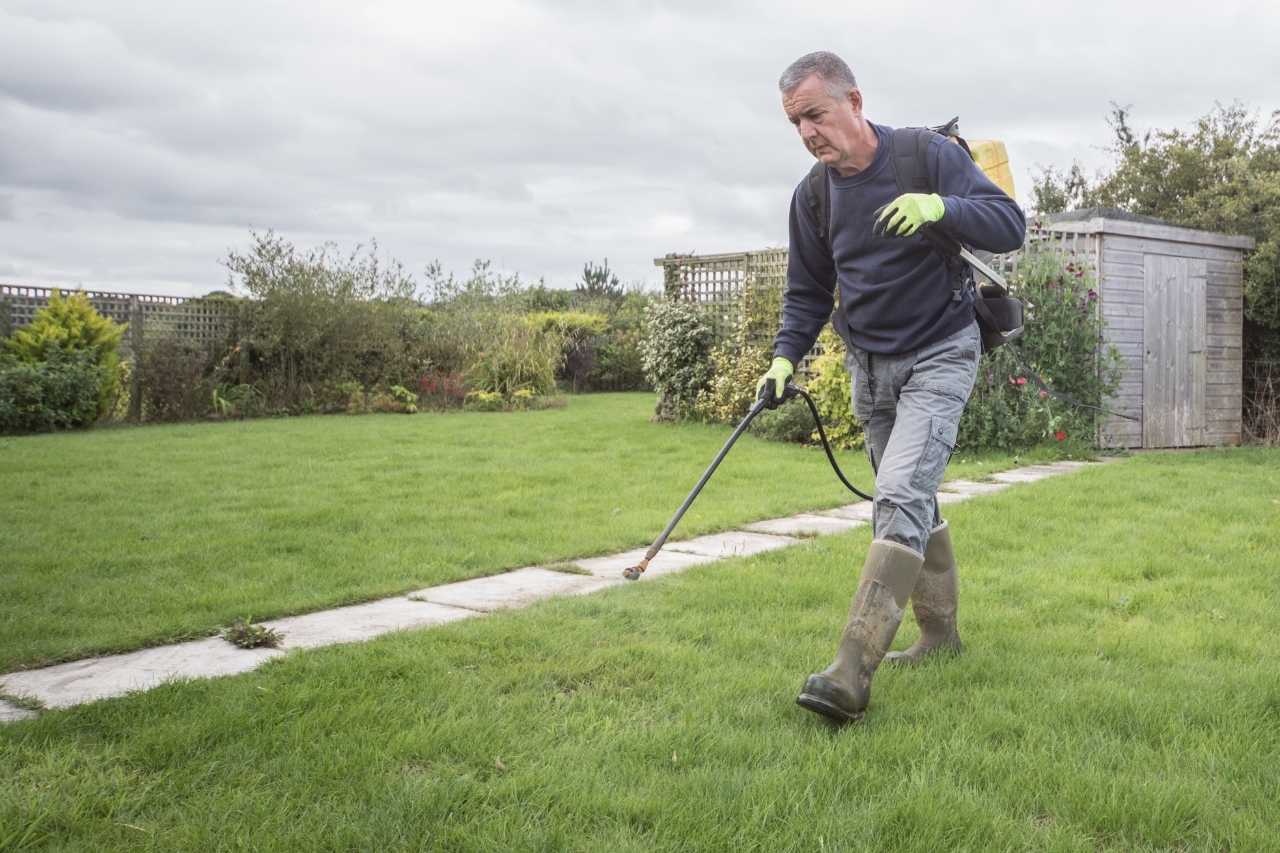
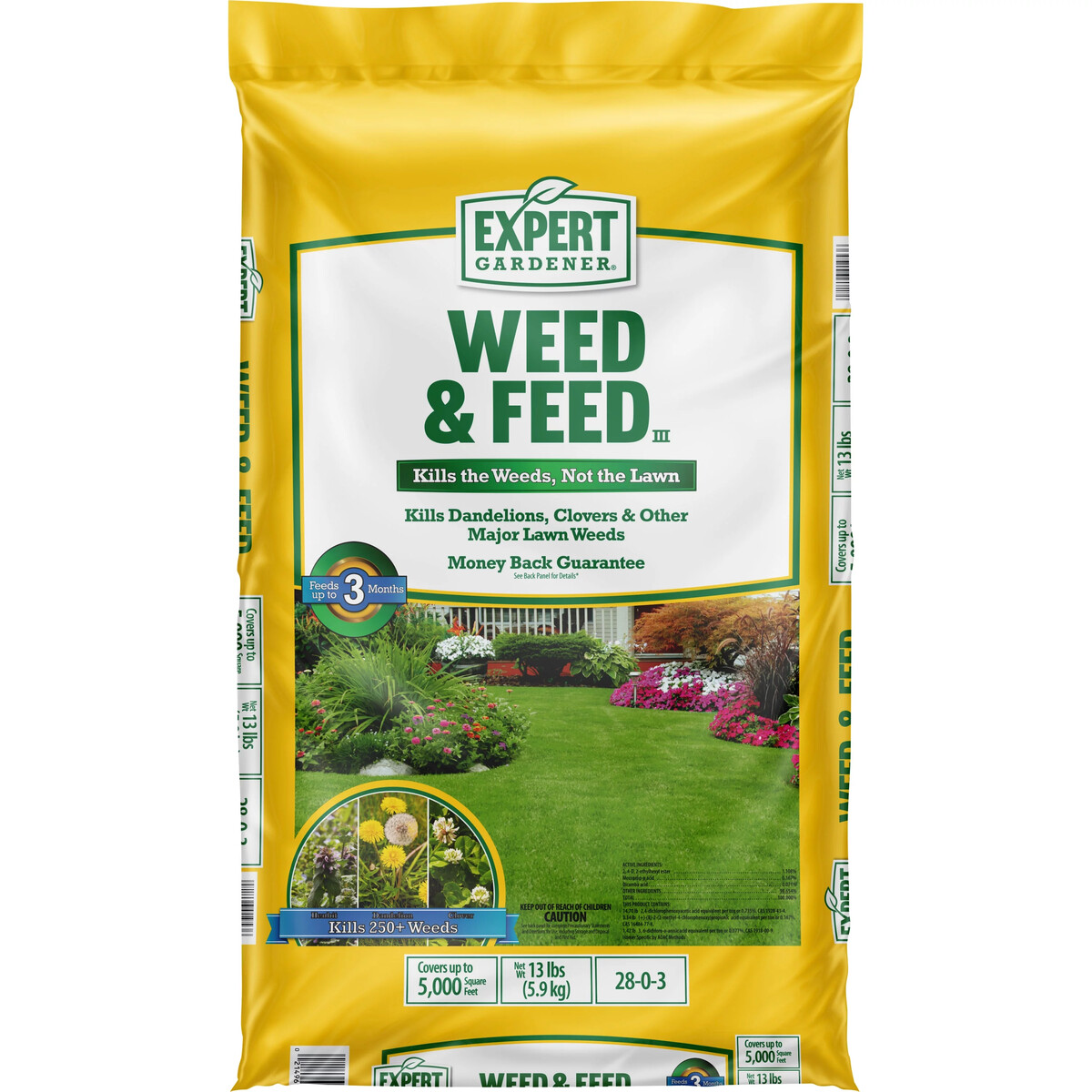
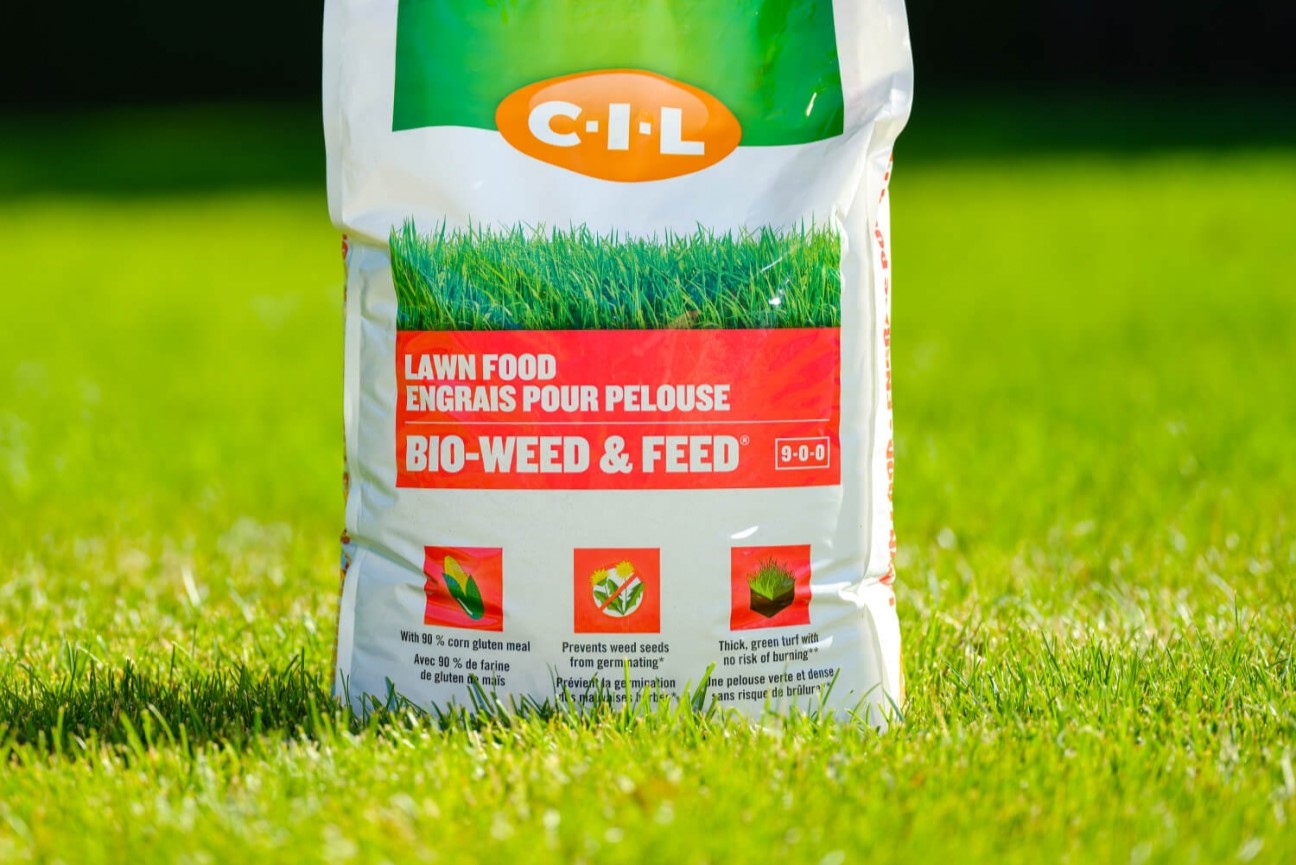
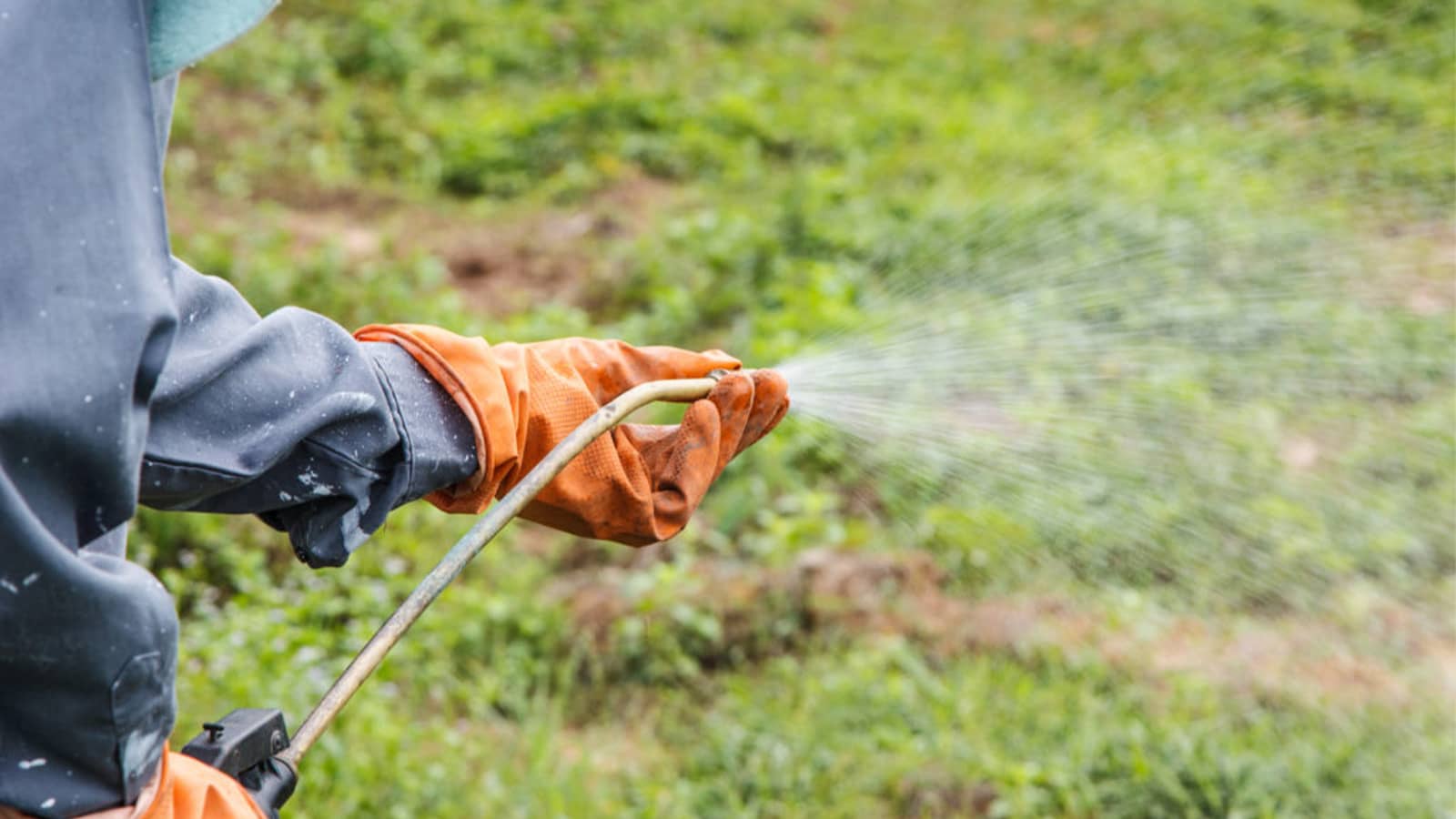
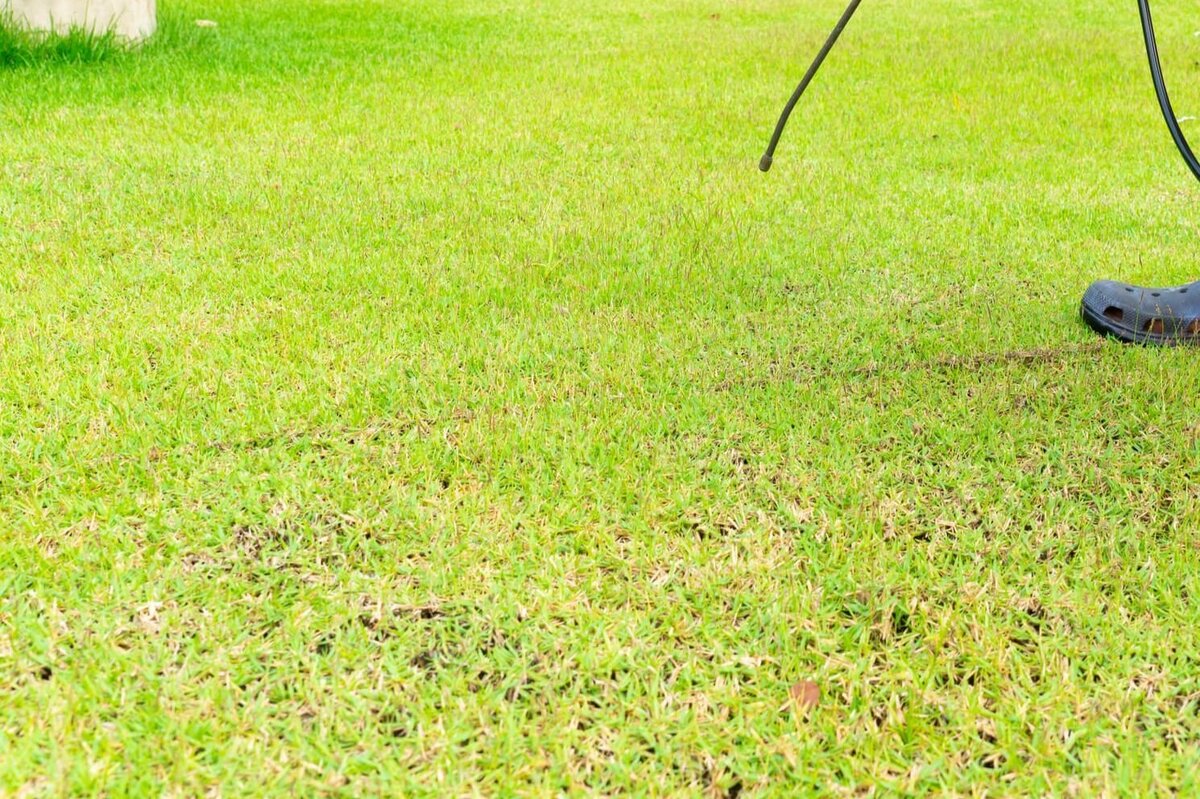
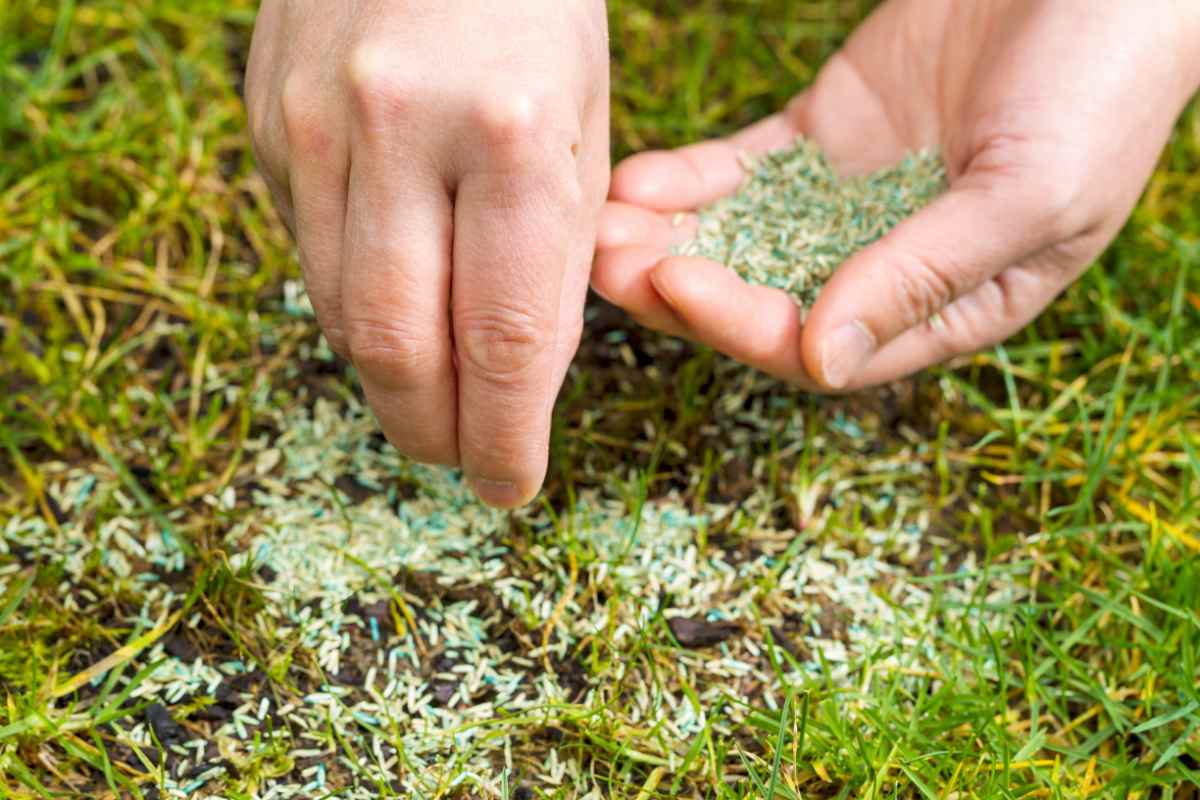

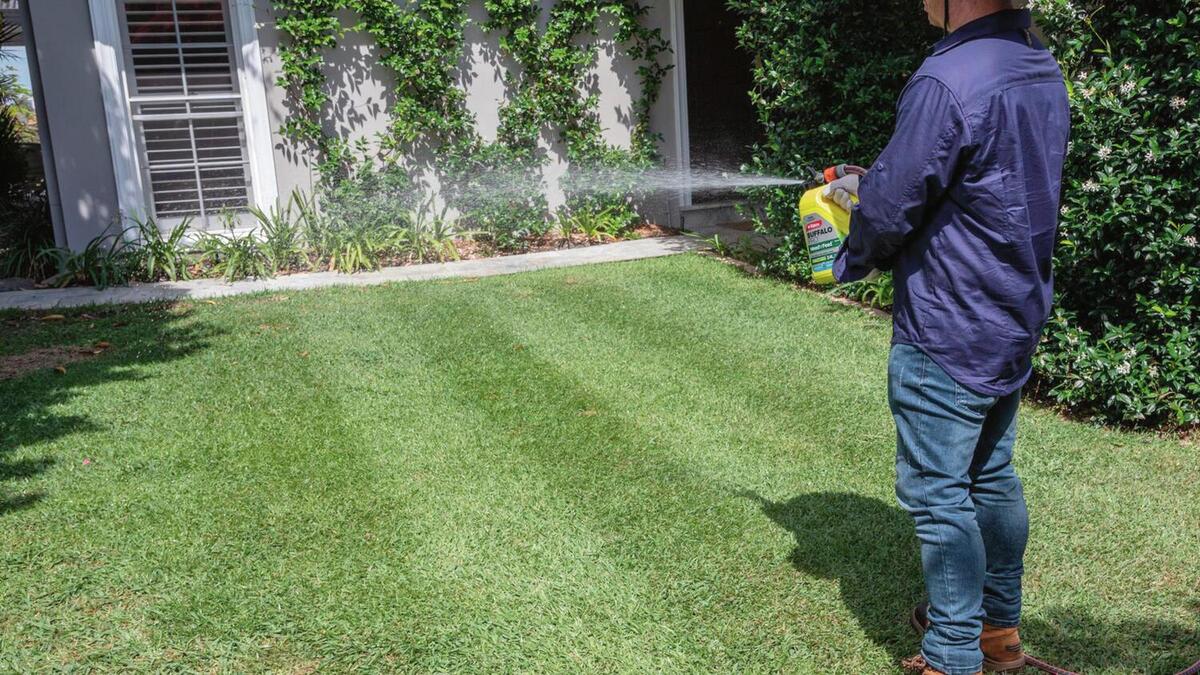

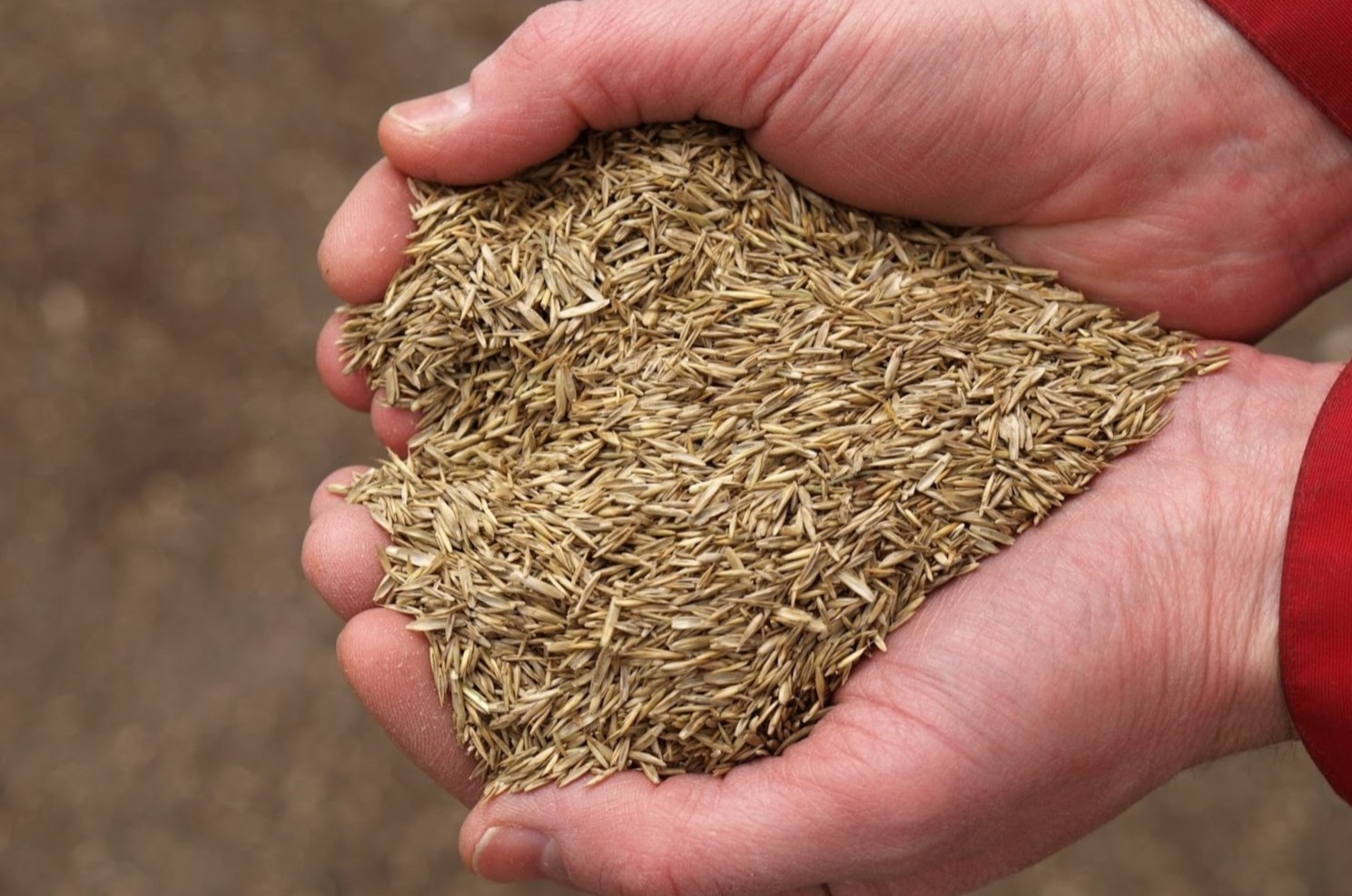

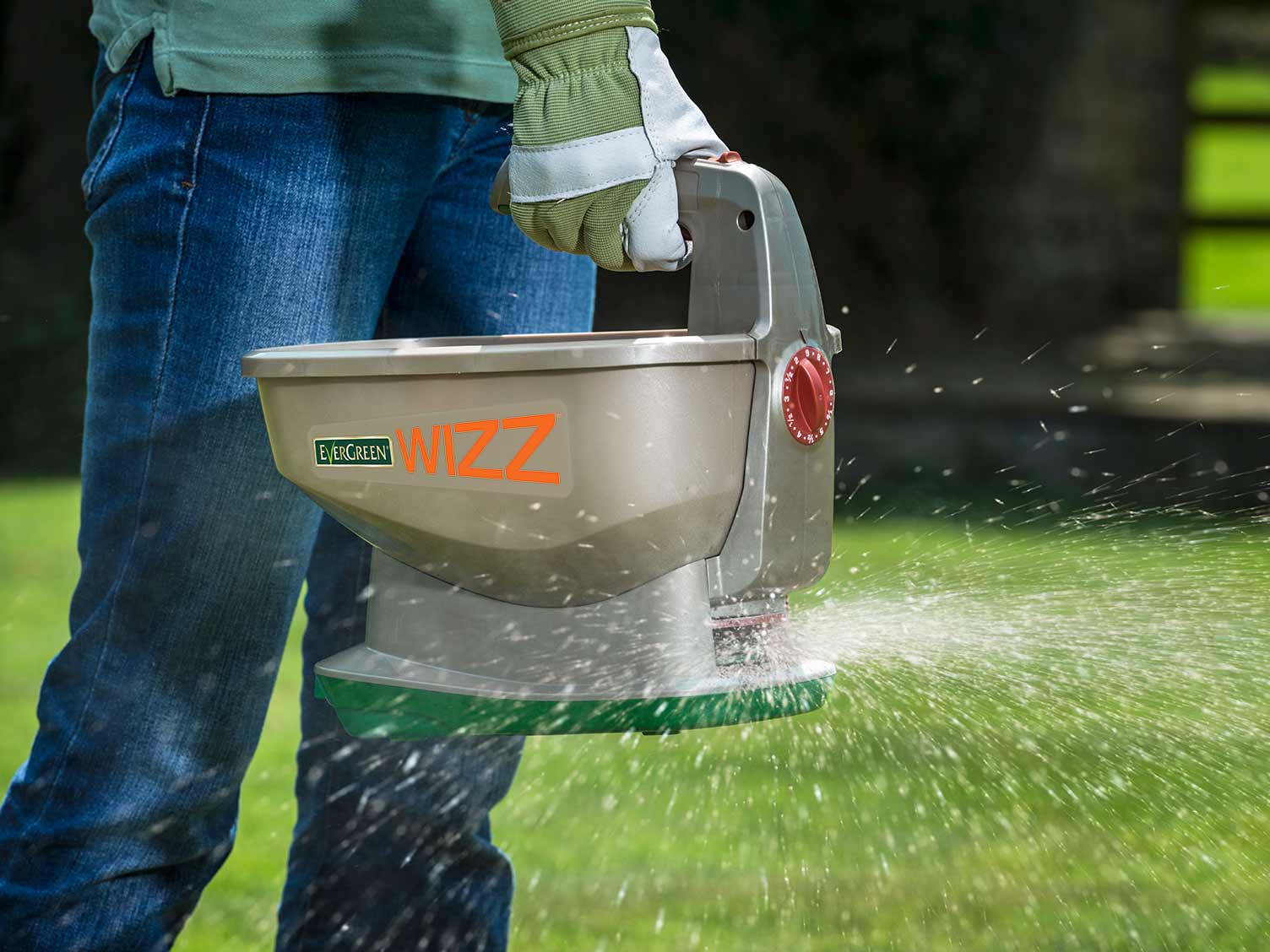
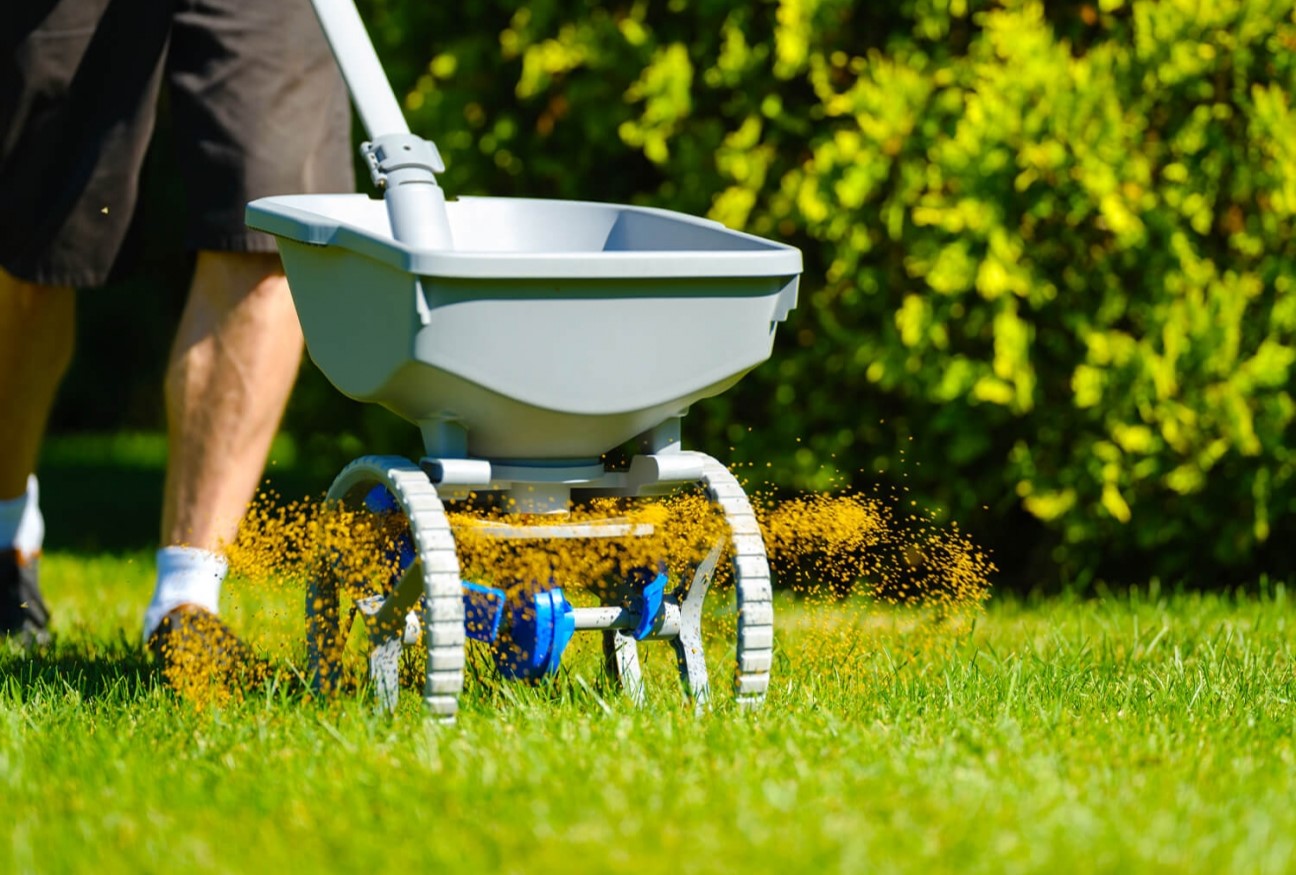
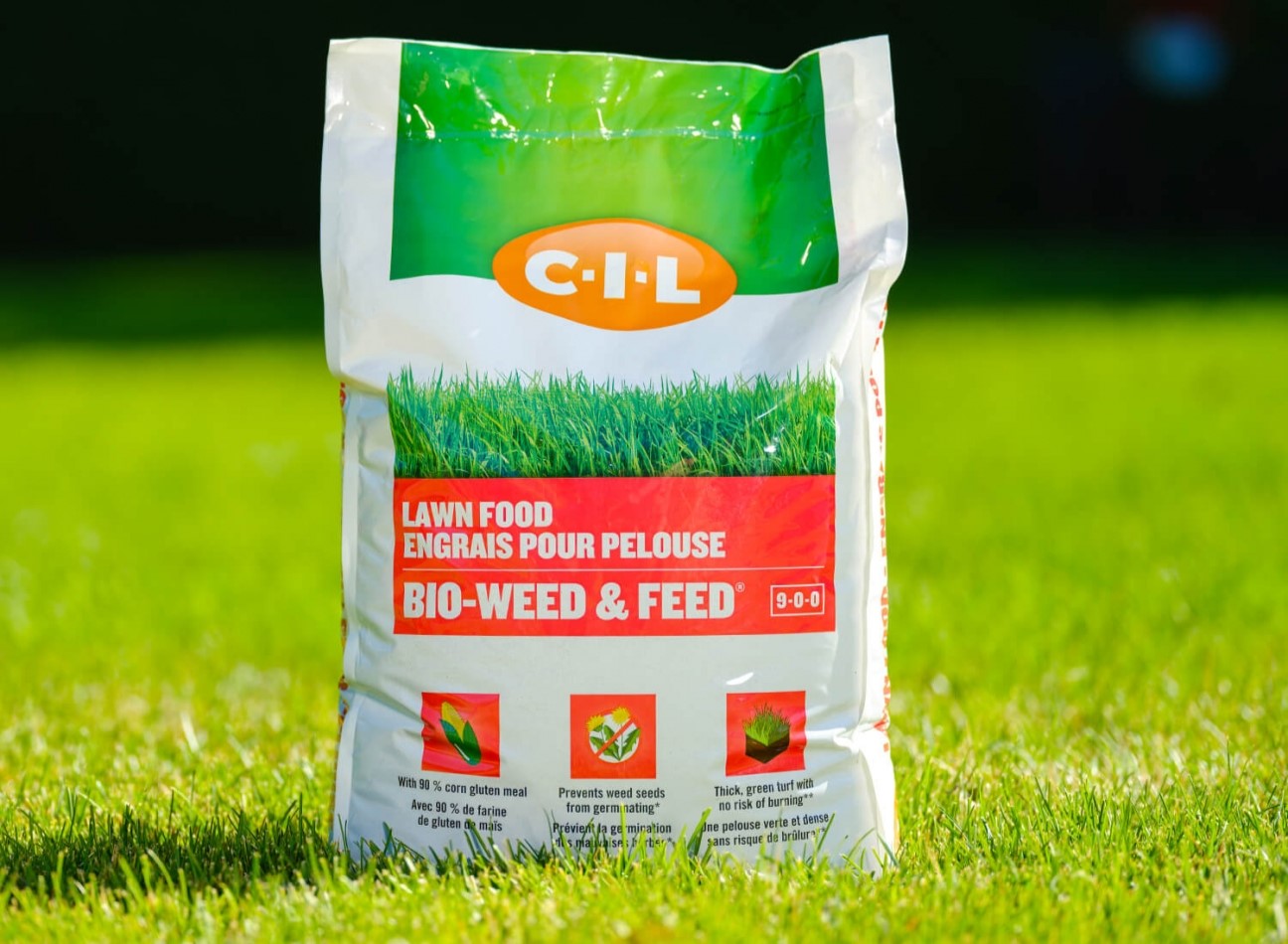
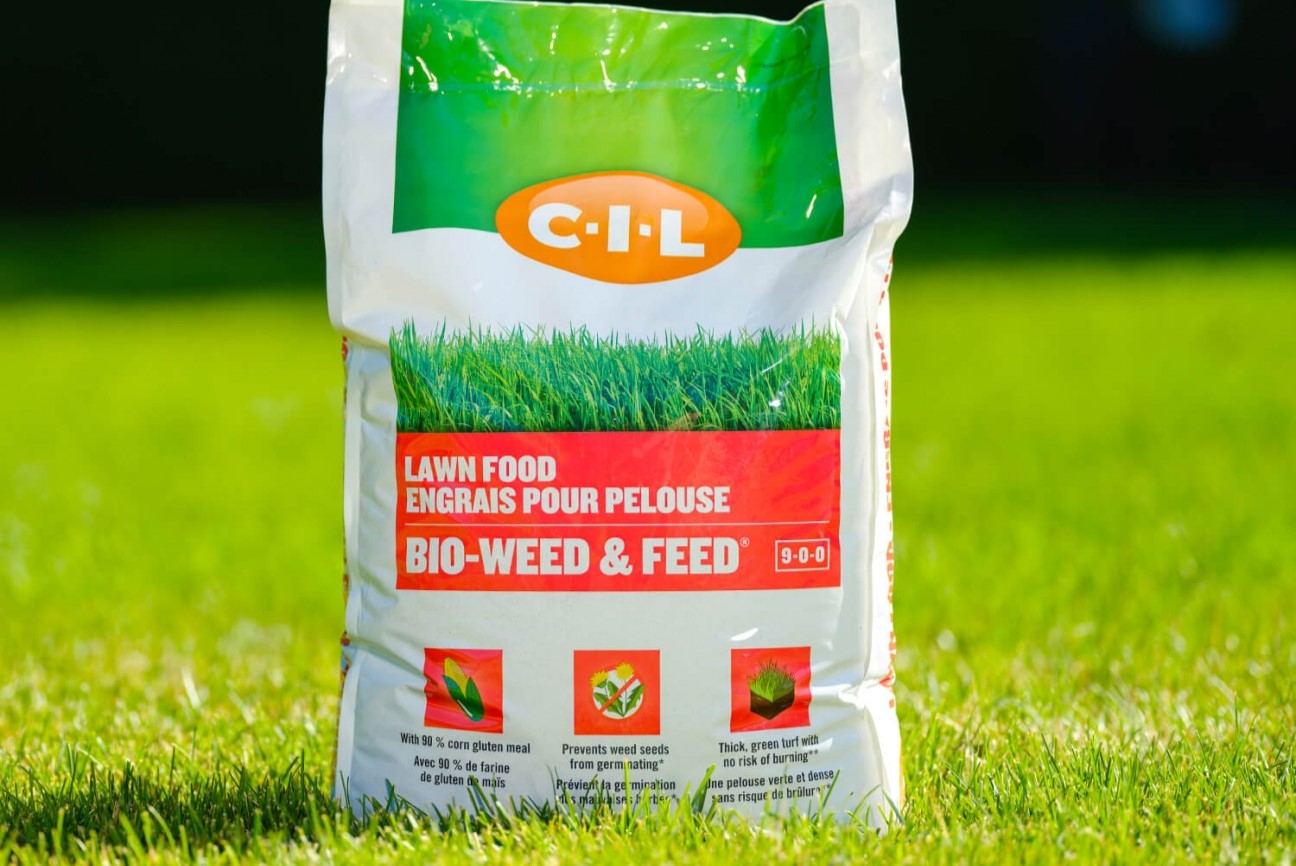

0 thoughts on “When To Put Weed And Feed On New Grass”